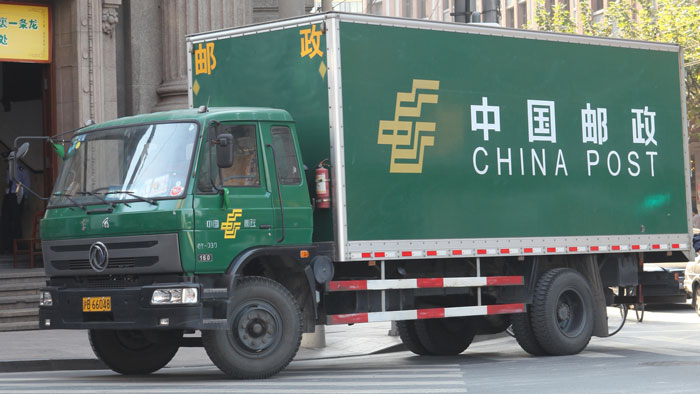
Demand for heavy-duty motor oil in China relatively flat through 2022
Demand for heavy-duty motor oil (HDMO) in China is estimated to increase at a compound annual growth rate (CAGR) of 0.6% through 2022, although China’ heavy-duty truck population is estimated to grow by 5% to 7% annually through 2022. This is according to Kline’s recently published report entitled “Heavy-Duty Motor Oil: China Channel Dynamics and Opportunities for Trucks, Buses, and Construction Vehicles.”
The improving technology of heavy-duty engines to meet the latest Chinese emissions standard will prolong oil drain intervals (ODIs). Thus, the future growth in China’s truck population will be largely offset by extended oil drain intervals and at the same time, a declining bus population which is facing steep competition from high-speed railways and underground railways.
While HDMO products are moving towards higher performance oil categories such as API CI, CJ and above, and lower viscosity, 15W, 10W, and 5W, the synthetics penetration in the truck HDMO market is currently low. “Since truck drivers are quite knowledgeable and price sensitive, synthetic oil is still in the very early stage of market entry in China,” says Steven Zhang, project manager at Kline. However, synthetic HDMO use in trucks will have fast growth with a penetration rate of approximately 10% in 2022.
The construction vehicles population will have an annual growth rate of about 2% to 3% in the next five years, mainly driven by the growing demand in infrastructure construction. Synthetics will continue to grow in construction vehicles; however, this will not significantly help prolong oil drain intervals, as the penetration rate of synthetics in 2022 will be small. Fleet sales is the main sales channel, accounting for nearly two-thirds of HDMO demand in construction vehicles’ service fill.
“There is a trend that owner-operators tend to get associated with small fleets to acquire construction projects,” says Zhang. “Meanwhile, they can enjoy lower prices for lubricants due to larger purchasing volume in a fleet than they would have received as an individual owner-operator. If fleets can purchase from Tmall in addition to lubricant distributors, the trend of the grouping of vehicles with small fleets by owner-operators will stabilize. This will lead to faster growth of HDMO demand in fleets rather than in owner-operators.”
The main channel for HDMO demand in trucks and bus segments, independent workshops (IWS), will be challenged, and the fast growth of online sales will aggravate this challenge. Since truck owners can buy HDMO at lower prices from the online channel, they will not buy it through IWS. Therefore, HDMO sales through IWS will be negatively impacted by the growth of the online channel.
Tightening of emission norms is expected to accelerate in China, having a positive impact on the performance evolution of lubricants. More stringent emission standards would help phase out old vehicle models that are mostly produced by domestic OEMs. Nationwide, Euro 6 emissions standard is expected to be enforced in 2020 for consumer vehicles (light vehicles) and commercial vehicles (light trucks). As for heavy trucks, the emission standard is still under discussion and is expected to be enacted by mid-2019.









